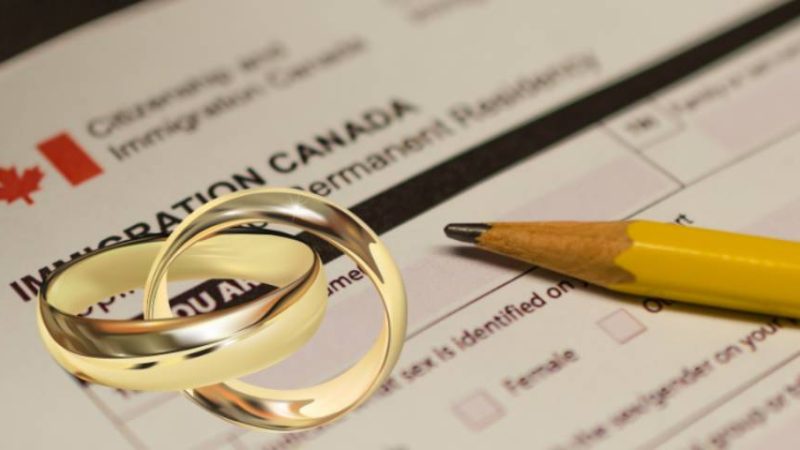Introduction
Marriage immigration has become one of the most sought-after pathways for people who dream of living in Europe. Marrying a European citizen can provide both love and a legal route to residency. But understanding the rules, processes, and challenges is crucial. This article will guide you through everything about marriage immigration in Europe — from legal requirements to cultural realities.
H2: What Is Marriage Immigration?
Marriage immigration refers to obtaining legal residency in a foreign country by marrying a citizen or permanent resident. While it offers opportunities to live, work, and potentially gain citizenship, it is not automatic.
Each European country has unique rules:
-
Germany: Requires proof of a genuine marriage and cohabitation, usually for two years.
-
France: Evidence of shared life is essential before applying for permanent residency.
-
Sweden: Both partners must show financial stability.
H2: Legal Steps in Marriage Immigration
Successfully navigating marriage immigration requires careful preparation:
H3: Step 1 – Prepare Legal Documents
Obtain a certificate of no impediment and other necessary paperwork from your home country.
H3: Step 2 – Translate and Legalize Documents
Birth certificates, passports, and divorce documents must be translated and certified.
H3: Step 3 – Apply for a Marriage or Fiancé(e) Visa
Follow the specific rules of the country you plan to move to.
H3: Step 4 – Marriage Registration
Marriage must be legally registered either in the country or at the embassy.
H3: Step 5 – Residence Permit Application
After marriage registration, apply for a residence permit.
Small mistakes in documentation can delay or cancel marriage immigration approvals.
H2: Reality vs. Dream in Marriage Immigration
Many people assume that marriage automatically leads to residency. This is a common misconception. Immigration authorities verify marriages carefully:
-
Couples may attend interviews.
-
Proof of cohabitation is required.
-
Evidence of a genuine relationship (photos, messages) must be provided.
Fake marriages for residency purposes are illegal and may result in deportation or a long-term ban.
H2: Cultural Challenges in Marriage Immigration
Even when love is real, marriage immigration brings cultural differences:
-
Northern Europeans value independence and privacy.
-
Southern Europeans focus more on family and social closeness.
Understanding these differences is key to a successful long-term marriage.

H2: Tips for Successful Marriage Immigration
-
Be Honest About Intentions — ensure your partner knows your plans.
-
Communicate Openly — language and cultural differences can cause misunderstandings.
-
Use Trusted Platforms — meet verified singles on an international marriage site like MatchMarry.
H2: Pros and Cons of Marriage Immigration
Pros:
-
Legal residency in Europe
-
Multicultural family opportunities
-
Access to education and jobs
Cons:
-
Long and complex legal procedures
-
Emotional and cultural adjustments
-
Risk if relationship is not genuine
H2: Recommended Countries for Marriage Immigration
Some countries have smoother processes for marriage immigration:
-
France: Permanent residency after one year of marriage and cohabitation.
-
Germany: Residency after legal marriage and living together.
-
Portugal: Permanent residency after three years of proven marriage.
H2: Conclusion
Marriage immigration to Europe can open doors to a new life but requires legal understanding, cultural awareness, and honesty.
If you’re ready to start your journey, consider using a trusted international marriage site like MatchMarry to meet genuine people and build meaningful relationships.








